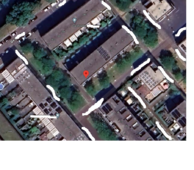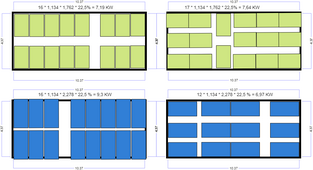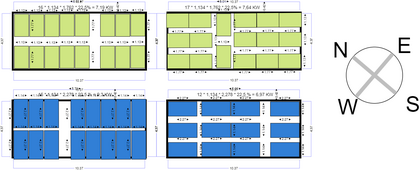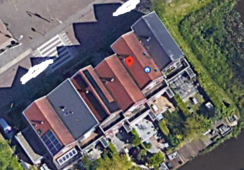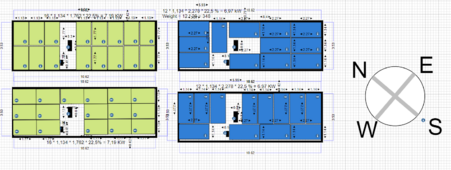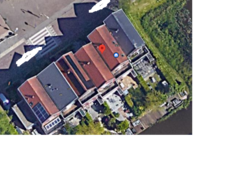CostOptimizer
New Member
Hi all, a question about an on-grid system here:
With a string inverter of 6 KW, I have now 2 choices on panel sizes & capacity, and I wonder which one is more future - proof ?
- the smaller (1.762 x 1,134, capacity around 450 Wp, N-type Topcon, efficiency 22-25%)
- the bigger (2.278 x 1.134, capacity around 580 Wp, N-type Topcon, efficiency 22-22.5%)
Imagine in 2027, when I want to add more panels (e.g. at least 3 Kw more), my choices are
- 1) Replace current 6 Kw string inverter by another 9 Kw String inverter, and sell / reuse the current 6 Kw else where. Would this be difficult if existing panels are 450 Wp when the new panels are 700 - 800 Wp ?
- 2) Add a separated 3 Kw system (add another 3 Kw string inverter with new panels). In this case any of current design is not relevant, right ?
Thanks
With a string inverter of 6 KW, I have now 2 choices on panel sizes & capacity, and I wonder which one is more future - proof ?
- the smaller (1.762 x 1,134, capacity around 450 Wp, N-type Topcon, efficiency 22-25%)
- the bigger (2.278 x 1.134, capacity around 580 Wp, N-type Topcon, efficiency 22-22.5%)
Imagine in 2027, when I want to add more panels (e.g. at least 3 Kw more), my choices are
- 1) Replace current 6 Kw string inverter by another 9 Kw String inverter, and sell / reuse the current 6 Kw else where. Would this be difficult if existing panels are 450 Wp when the new panels are 700 - 800 Wp ?
- 2) Add a separated 3 Kw system (add another 3 Kw string inverter with new panels). In this case any of current design is not relevant, right ?
Thanks
Last edited:




